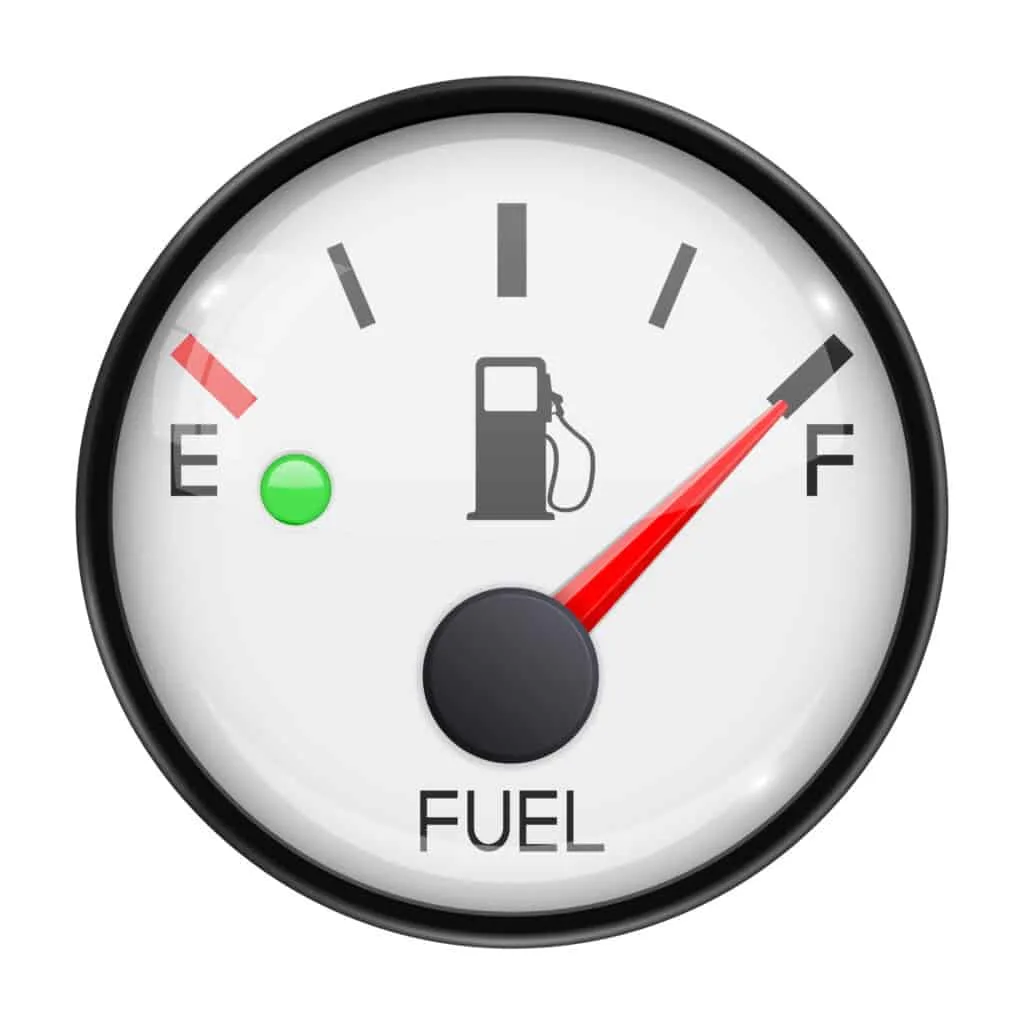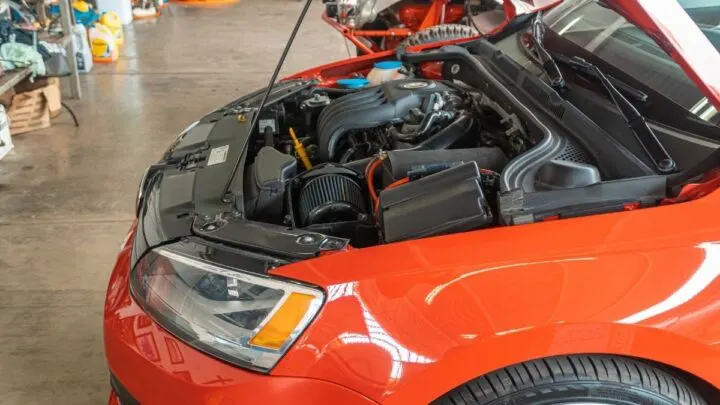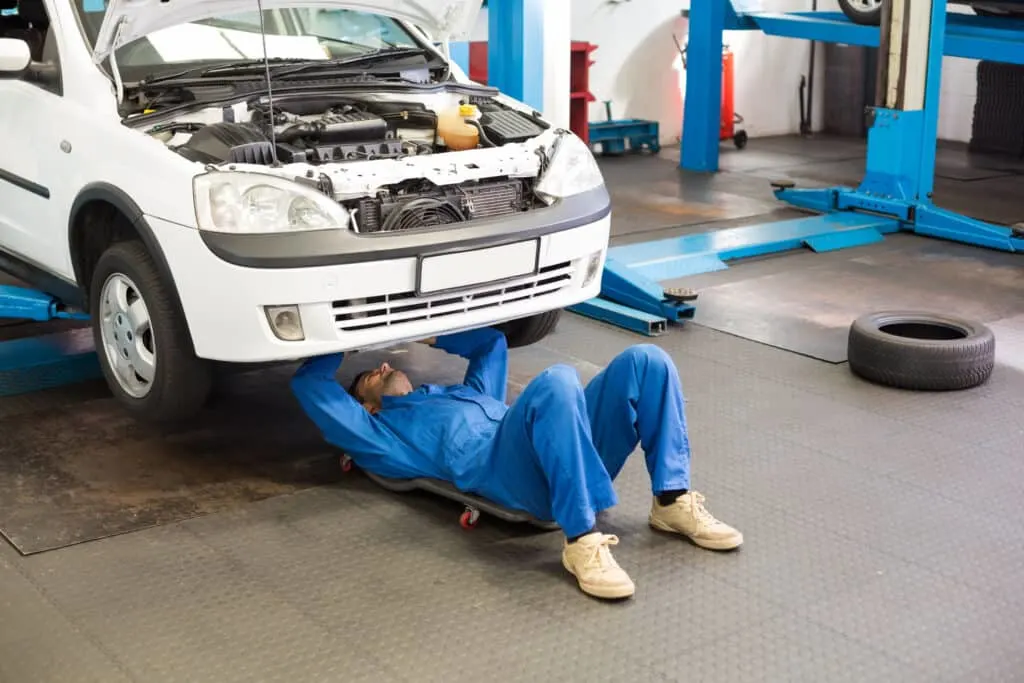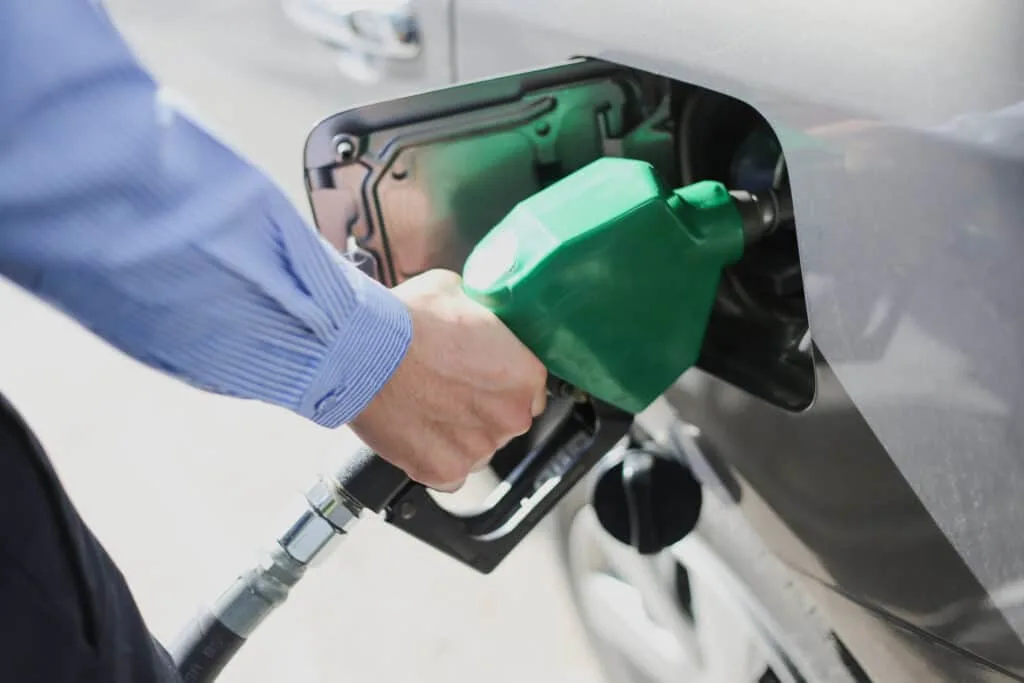Filling a car’s gas tank is something that every car owner has to do regularly. But can a car gas tank be overfilled? What happens if it does?
A car gas tank can be overfilled. When a car gas tank is overfilled, it can overflow onto the ground, onto you, into the charcoal canister, and damage the Evaporative Emission System. Luckily, gas pumps are designed to stop pouring fuel when the gas tank of a car is full.
Although it is easy to avoid overfilling your car’s gas tank, there are things that you should watch out for when driving your car if you have overfilled your gas tank in the past, or are worried about overfilling it in the future.
How to Tell If a Car Gas Tank Is Overfilled
If a gas tank is overfilled, then the gas will overflow onto the car, ground, and anything that’s nearby. The practice of overfilling your car’s gas tank is called gas topping.
Gas topping is bad for the environment and your budget!
Luckily, it is very easy to avoid overfilling your car’s gas tank! Gas pumps are designed to stop pumping gas when the gas tank is full.
The nozzle automatically shuts when it senses that gas is blocking air in what is called the Venturi tube. The Venturi tube measures the amount of liquid that flows through the pump.
If you want to avoid overfilling your car’s gas tank, simply remove the gas pump nozzle from your car’s gas tank and put it back on the pump when you hear a ‘thunk’ noise, as this is the noise that the gas pump nozzle makes when your gas tank is full.
Removing the nozzle will also end the transaction so you will not be charged for any gas that is pumped after you leave.

What Happens When a Car Gas Tank Is Overfilled?
If your car’s gas tank is overfilled, over time the charcoal canister and the EVAP system can become damaged, and the car will not work as well as it previously did.
If a car’s gas tank overflows onto the outside of the car, it creates a fire hazard. If a spark occurs somewhere near the gas on the outside of the car, it can catch on fire, and your car will be ruined.
If you do get excess gasoline on the outside of the car, simply wipe it off with a rag until it is completely gone. Wash your hands after doing this, as you don’t want gasoline on you. (The stink might remain for a while!)
You should always thoroughly wash any areas where the gasoline has touched to avoid irritating your skin.
A car’s gas tank needs to have some air in it so that the gas in the tank can expand and evaporate properly. If your gas tank is too full, the evaporative system can break or become overwhelmed, which could cause a hazardous leak to occur.
A car’s charcoal canister, otherwise known as a carbon filter, is designed to filter gas vapor from your car. It is a key feature of the EVAP system.
The charcoal canister prevents gas tank vapors from going into the atmosphere. If gas gets into it, then it will stop working and your car will not perform as well as it should.
A car’s EVAP system is designed to process and filter excess gas vapor. EVAP stands for Evaporative Emission system. If gasoline gets into the EVAP at all, then it will become damaged and your car will not work as well as it should.
Your car will not likely become damaged if you accidentally overfill the gas tank once or twice. Accidents can happen, especially when you get a new car.
If you want to prevent your car from becoming damaged from overfilling the gas tank, simply leave the gas tank nozzle alone until it stops, and put it back on the pump.

How to Tell If the EVAP Is Damaged
If your car’s EVAP system is damaged, then your car will fail the emissions test and will need to be fixed before it can legally be driven again.
If the EVAP system is broken, then your car’s check engine light will come on, and you will need to replace it before the light will turn off again.
If you know that your car’s EVAP system is broken or damaged, avoid driving it until you can get it fixed.
It is considered to be safe to drive with a broken or leaking EVAP system, but the more you drive with a broken EVAP system, the more damaged it will become, and the more expensive it will be to fix.
If you think that your car’s EVAP system is broken or damaged, take your car to a mechanic.

How to Tell If the Charcoal Canister is Damaged
If your car’s charcoal canister is broken, damaged, or clogged, you will smell gasoline while you are in your car. You may even smell gas when you are near the car, even when you are not at a gas station or near other cars.
If the charcoal canister is broken or damaged, it will not filter the gasoline vapor, and the gas will release harmful emissions into the atmosphere, which is not good for the environment or anybody standing nearby!
Unfortunately, it is very expensive to fix your car’s charcoal canister. Depending on the make and model of your car, it can cost $200 to $1,500 to replace your car’s charcoal canister.
This is a lot of money, especially when you can’t see what has been damaged.
If you think that your car’s charcoal canister is broken, take your car to a mechanic.
If you have accidentally overfilled your car’s gas tank and are worried that it has become damaged, take it to a mechanic and have them inspect your car. However, this may not be necessary, unless your car is not performing as it typically does.
